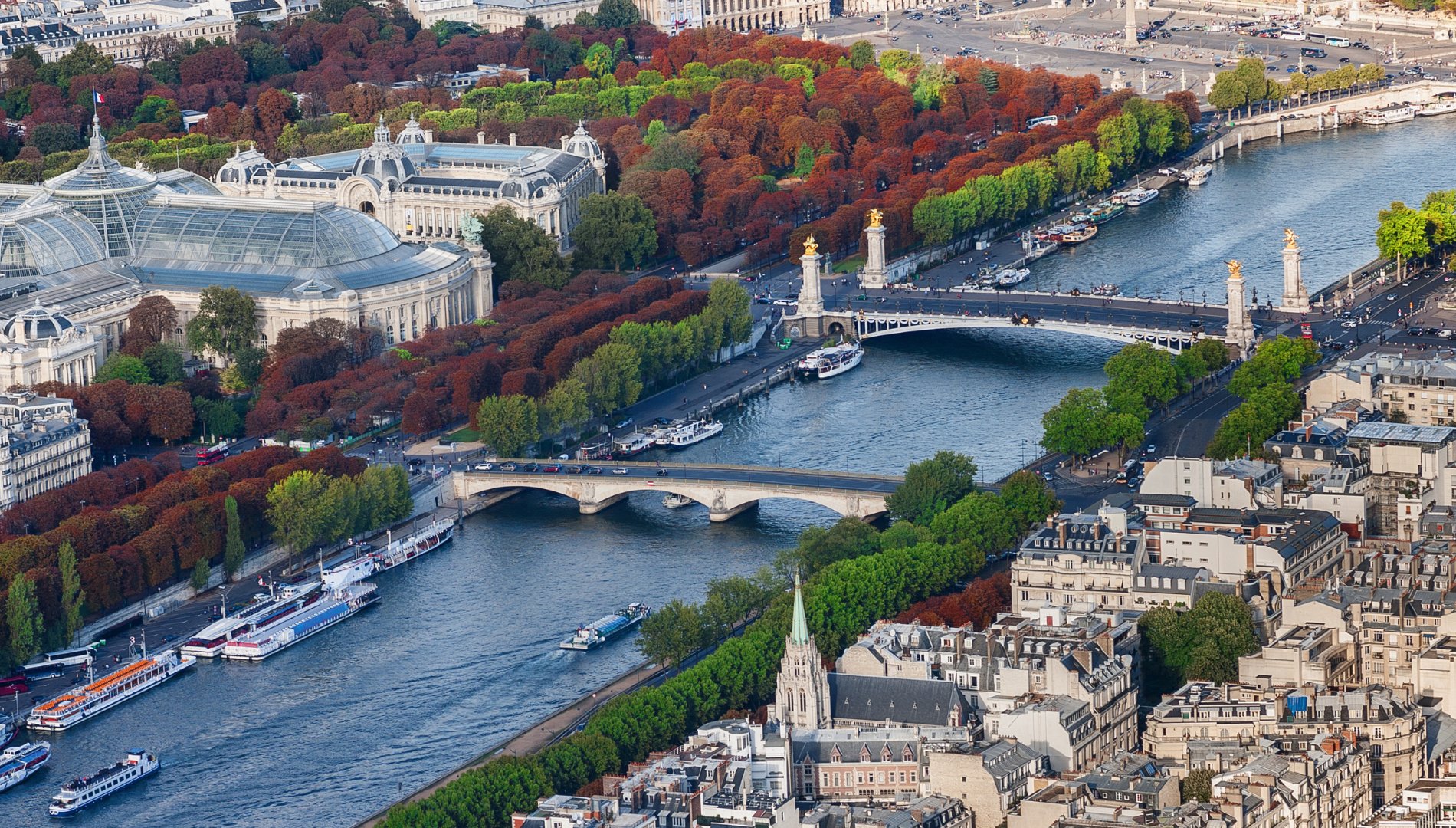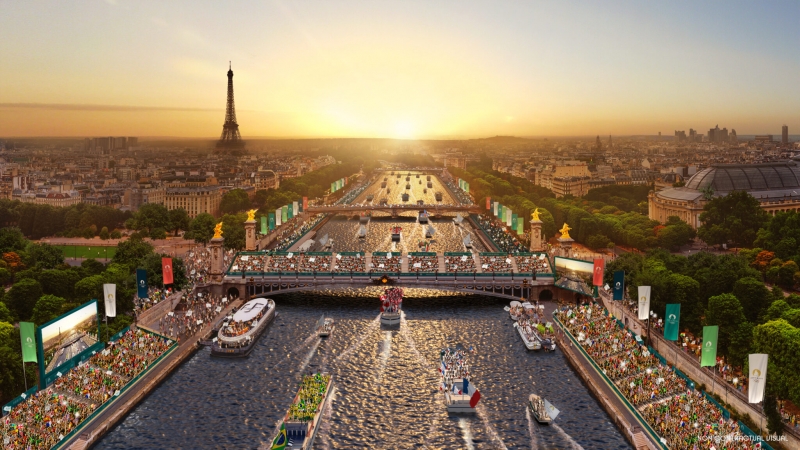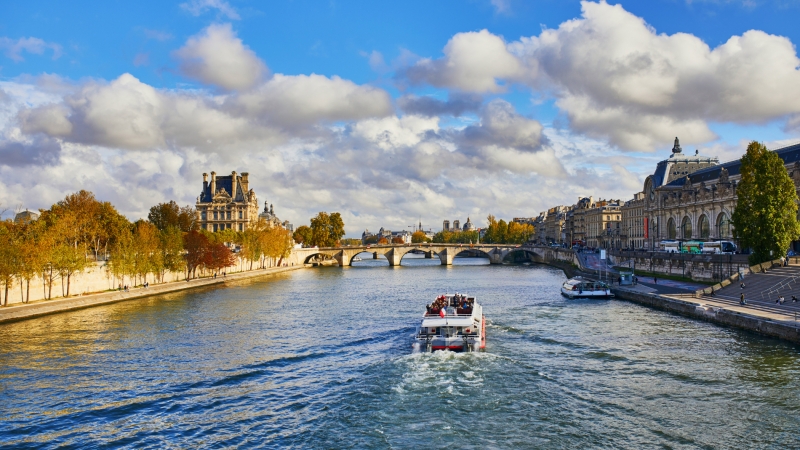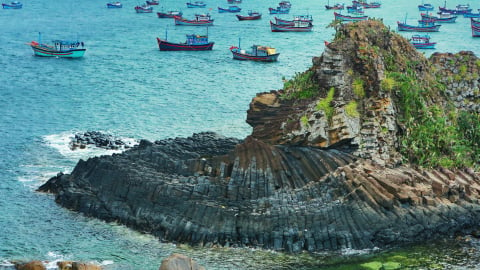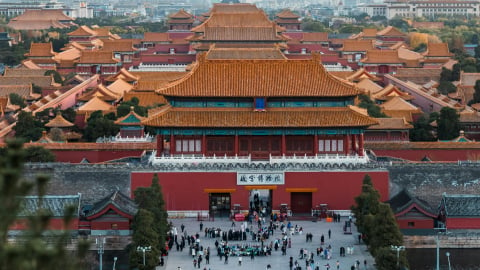After more than a century since 1923, the poetic Seine River – an inseparable symbol of the French capital, has officially reopened for public swimming. The Paris city government has just announced three newly licensed swimming spots, giving residents and visitors a unique experience right in the heart of the city of light.
These three strategic swimming locations are located in prime areas, promising to become attractive cooling destinations in the summer. Including: one near the historic Notre Dame Cathedral, one near the magnificent Eiffel Tower and another located in the east of Paris. These swimming locations will be open free of charge and operate until the end of August, serving people aged 10 or 14 and older depending on the specific location. To ensure maximum safety, swimming times will be fixed during the day and professional lifeguards will always be on duty.

Parisians (France) happily bathe in the river after the Seine River was allowed to swim again.
The decision to reopen the Seine to public swimming was not made overnight, but the result of an ambitious, multi-year environmental improvement project that cost a whopping €1.4 billion ($1.5 billion). With the lofty goal of cleaning up the river for the 2024 Paris Olympics, the city has invested heavily in a range of projects and cutting-edge technology.
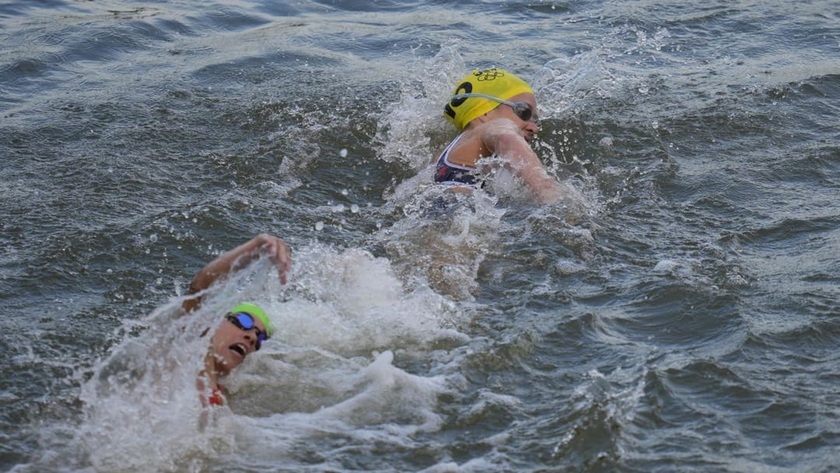
Parisians (France) bathe in the Seine River, the symbolic river of this city.
Notable among these are the construction of modern disinfection systems, a large-scale rainwater tank to prevent wastewater overflow during heavy rains, and especially the connection of the entire wastewater system from boats as well as riverside households to the city's centralized water treatment network. These efforts have contributed significantly to improving the water quality of the Seine River.

This marks the culmination of a major clean-up campaign to improve water quality, which was given a boost when Paris used the Seine as a venue for last year's Summer Olympics.
The quality of the Seine's water has been rigorously tested through international sporting events. The Seine was to be the main venue for Olympic events such as the triathlon and marathon swimming at the Paris 2024 Olympics. The river competition not only affirmed Paris' hosting capabilities but also played an important role in testing and confirming the cleanliness of the water after the renovation process.
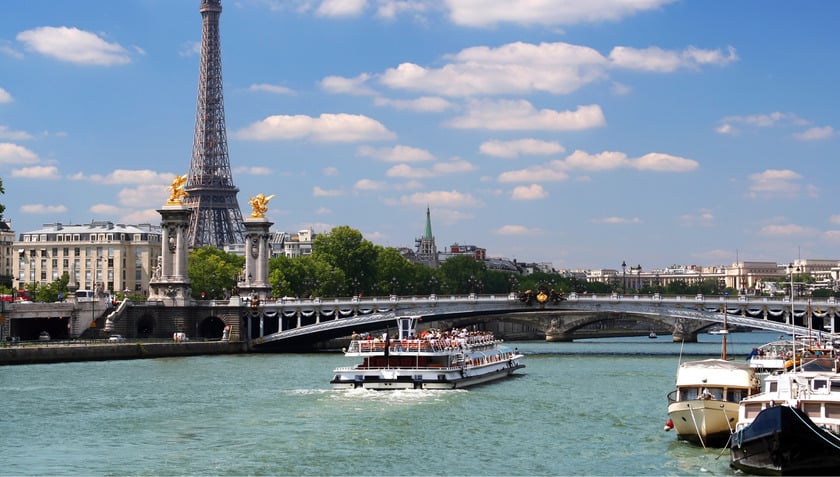
Three inner-city swimming areas can accommodate more than 1,000 people per day until the end of August, local authorities said.
According to Pierre Rabadan, Deputy Mayor of Paris for Sports and the Olympics, the water quality of the river is strictly monitored daily. The new swimming spots will use a flag system similar to that used at beaches: a blue flag will signal that the water is safe for swimming, while a red flag will warn of unsafe water or dangerous currents. Since the beginning of June, the Seine's water quality has been recorded as in line with European Union regulations, except for two days affected by heavy rain and pollution from boats.
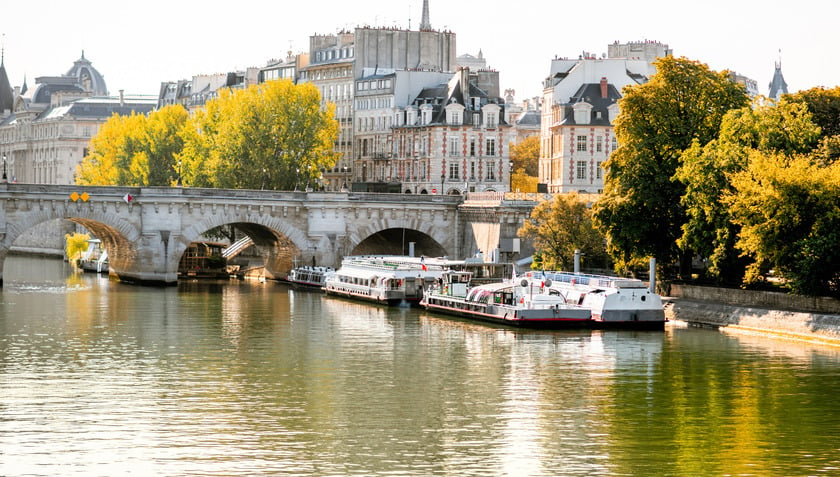
Eager crowds were quick to enjoy the water under the summer sun, creating a bustling atmosphere in the French capital.
Several international organizations have also recognized and highly appreciated the quality of the river water, affirming that it meets the threshold for international sports competitions. World Aquatics has affirmed: “The opening of the Seine River to the public for swimming is a living testament to the role of sport in creating sustainable benefits for the community.” However, it should be noted that some independent experts still warn that the level of bacteria in the river can fluctuate according to weather conditions and cannot be absolutely safe for health in all cases.

The reopening for swimming comes after a series of efforts to improve the water environment over many years.
Swimming in the Seine River was banned completely in 1923, mainly due to serious pollution and the risk of heavy traffic. Now, after 102 years of waiting, from this summer, Paris residents and tourists will have a unique relaxation option, immersing themselves in the cool waters of the Seine River right in the heart of the capital. This is not only the reopening of an entertainment venue, but also the restoration of a cultural tradition, connecting people with the symbolic river of their city. Will swimming in the Seine River become a new cultural feature of Paris in the coming years?





